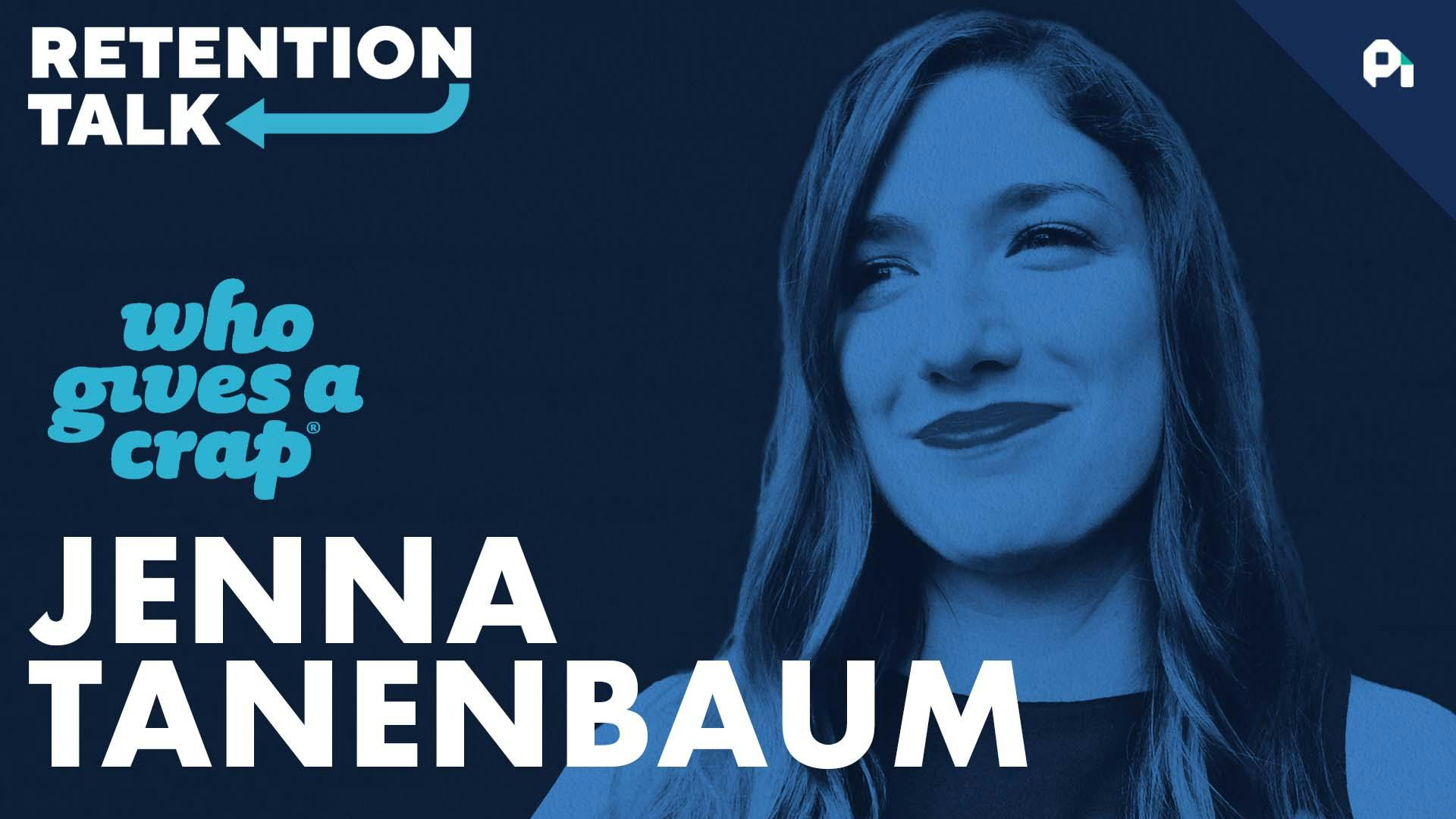
Predicting Churn | ProdPad's Janna Bastow
This episode might reference ProfitWell and ProfitWell Recur, which following the acquisition by Paddle is now Paddle Studios. Some information may be out of date.
Please message us at studios@paddle.com if you have any questions or comments!
On today's episode of Retention Talk Neel speaks with Janna Bastow, CEO & Co-Founder at ProdPad. We talk about the indicators of engaged users, predicting churn, and iterating on packaging and pricing.
Key points discussed in the episode
It begins with onboarding. When somebody starts, we ask them about what problems they're trying to solve. And we're starting to be able to match that to reasons why people might cancel or might not complete their onboarding.” - Janna Bastow
Indicators of engaged users
As Janna says, they look for the number of comments on the app as it’s a clear indicator of someone testing it out to see if it works. They also look to see if a user is integrating another tool on the app. Folks who fail with integrations may not post as much and aren’t likely to stick around in the long run.
Predicting churn
A huge part of what the folks at ProdPad have been doing is trying to figure out which activities people are or aren’t doing before they churn. The data is transferred to the CS team who then reach out to customers whose usage has dropped off.
Iterating on packaging and pricing
A big piece that Janna and ProdPad are looking at is how to better package and price the product to provide the proper value at the right size for the right customers. Pricing is a crucial tool in retaining customers and it seems they’ve been doing it right over at ProdPad as Janna says their first customer, ever, is still with them.
Do us a favor?
Part of the way we measure success is by seeing if our content is shareable. If you got value from this episode and write up, we'd appreciate a share on Twitter or LinkedIn.
00:00:00:01 - 00:00:22:15
Unknown
So when somebody cancels, one of the things we ask is why they canceled and we use that and feed that back into the products that we can understand more about what they're actually trying to do. But again, it begins with onboarding. So when somebody starts, we ask them about what problems they're trying to solve. And we're starting to be able to match that to reasons why people might cancel or might not complete their onboarding.
00:00:22:22 - 00:00:41:15
Unknown
So we can understand as to whether that is actually solving particular problems for them or not. Welcome to our Attention Talk. I'm Neil Desai, and we're talking to the best minds in the world of product and customer success to bring you actionable strategies on reducing churn and boosting retention. This week we're talking to Jana the co-founder and CEO of Pride Pack.
00:00:41:18 - 00:01:00:11
Unknown
Now, I am really excited for today's episode because as a product manager, I have followed Pride Pad for years now, and they are really, really deep in this space. In this episode, we get to talk to Jana and learn about different indicators of engaged users that they have. How they tackle this problem of predicting churn before it happens.
00:01:00:15 - 00:01:22:00
Unknown
And lastly, pay really close attention to what Jana has to say about pricing in part of it. And Jana, thank you so much for being with us here today over at Retention Talk. I am a huge fan of Rod, Pat and excited to learn a little bit more about the work that you do and how you guys think about customer and revenue retention.
00:01:22:09 - 00:01:38:18
Unknown
So, Jana, just real quick, high level. How did you end up here? How did you decide you wanted to work on this problem? Tell us a little bit more about what you're what you're working on these days. Yeah, absolutely. So I was a product manager myself. So I was my co-founder and we needed tools to do our own job and nothing existed.
00:01:39:02 - 00:01:56:06
Unknown
So we started building something and turns out it was something that was useful for our own teams. So we started sharing with other product managers around us. They found it interesting. So we quit her job to want to go focus on doing it full time, turn it into a SaaS business, and have been running it as a bootstrapped SAS business since Excellent.
00:01:56:06 - 00:02:20:08
Unknown
Well, I didn't realize you guys are bootstrapped as well. That's. That's exciting. Yeah. 100% bootstrapped and customer funded. Awesome. Profit was also bootstrapped, right. So definitely love, love hearing about other successful and and SaaS companies that are sort of making that journey as well. So obviously you guys are working on on helping product managers and product teams. So there's a little meta here because because they also care about some of these things.
00:02:20:08 - 00:02:37:23
Unknown
But tell me more about how you guys think about retention. Who owns that number? If there's a specific person Yeah. How do you guys think about retention at product today? Yeah. I mean, when you've been around for this long, retention becomes something that you really care about. You know, it's one thing to launch a new product and get it out there because early adopters love getting in there.
00:02:37:23 - 00:02:56:00
Unknown
But what you start realizing after time is that, you know, businesses do churn, right? It's a natural part of your business and so what you have to do is build in protection against retention. And the thing is, is you can't just save somebody who's about to churn, right? If somebody is about to churn, it hasn't been using it.
00:02:56:06 - 00:03:22:04
Unknown
There's nothing you can do to necessarily claw that back. You need to build in protection against retention from the day that they join. And so we've been thinking about this for years and years and years. And so to us, retention is the flip side of onboarding. And so one of the things that we say here, Pat, is always be onboarding, always think about, you know, those first 30 seconds, those first 30 days, but also the first 30 weeks and 30 months.
00:03:22:04 - 00:03:41:22
Unknown
How can we make sure that people are getting the best possible experience so that they're always learning about the new things that they can be doing? Always feeling like they are excelling with the product, always feeling like it's adding value to them so they don't feel like it stagnated and that they have lost interest in it and have a reason to pull their credit card out and churn.
00:03:42:00 - 00:03:59:13
Unknown
You know, I'm always fascinated by tools like yours because it relies on a meaningful amount of user engagement when it comes to, you know, adding in data, working within the tool, inviting other users right. They really get full value from the product. Yeah. Tell me more about, like you said, activation and onboarding is a key part of retention.
00:03:59:14 - 00:04:22:06
Unknown
Are there particular pieces of the onboarding that have really driven that from your perspective, especially given the work that the user needs to do? Yeah, hugely. I mean, we realized early on that there were certain things that people did in their onboarding that either made or broke their activation, their ability to pay and stick around long term. And it was things that I mean, it makes sense, right?
00:04:22:07 - 00:04:59:11
Unknown
It's things that relate to getting actual usage out of the product. I mean, that is a collaboration tool for product teams, people who invited other people into the tool and started having, you know, comments and discussions with their team, people who actually brought in and added feedback and ideas, you know, these types of activities or other types of things that were huge indications of people who were likely to stick around and pay and stick around and continue paying versus people who, you know, if you never actually invite somebody to your product account, chances are you're not going to have that draw to go back to it time and time again, because it just becomes a place
00:04:59:11 - 00:05:18:12
Unknown
that you go by yourself as opposed to something that you're using to collaborate and work out problems or work out ideas and come to solutions with that makes a ton of sense, right? So inviting users, you know, is seems like an obvious one. Are there other key metrics or things that you guys track that are leading indicators of a more engaged user?
00:05:18:13 - 00:05:43:06
Unknown
Yeah. So one of them was inviting users related to that was number of comments that's related to invites because I mean, I'm sure that, you know, comments is, is one thing to measure, but you're probably only commenting if there's other people there in the app with you. People aren't generally commenting to themselves unless you're just testing out to see if it works, inviting others and then commenting actually using it as a team which is a really, really clear indicator.
00:05:43:06 - 00:06:02:20
Unknown
It's one of the big ones, but also things like getting integration set up. Right. It's always a tricky step. Is getting something integrated with another tool because at that point in time, it takes you know, oftentimes you're getting permission from the other tool owner or, you know, getting the time to set up the integration steps and testing it up, making sure it all works.
00:06:03:04 - 00:06:23:06
Unknown
That's a big indicator of success. And once it works, it works. We've got a really, really solid Two-Way integration with tools like JIRA. We know that people who do get it working absolutely tend to sail ahead and use FrontPage for a long time. Whereas people who fail to get any integrations working are the ones who tend to not even make it past their initial onboarding period.
00:06:23:09 - 00:06:44:04
Unknown
Got it. Sure. No, I totally hear that right. Making sure the right folks have admin rights and security and policies in place that authorized that so that that makes sense on a mechanical level. So what I'm always fascinated by is like, I think to your point, the best users are ones that ultimately get a value from the product and you guys are making those nudges early on in the onboarding to help them get there.
00:06:44:04 - 00:07:02:06
Unknown
You know, admittedly, ultimately some folks might not be a fit. And so like tell me more about what a user is like, what happens right from their perspective and how do you guys think about that? Right. Yeah. So when somebody cancels, one of the things we ask is why they canceled and we use that and feed that back into the product so that we can understand more about what they're actually trying to do.
00:07:02:10 - 00:07:20:17
Unknown
But again, it begins with onboarding. So when somebody starts, we ask them about what problems they're trying to solve. And we're starting to be able to match that to reasons why people might cancel or might not complete their onboarding. So we can understand as to whether or not that is actually solving particular problems for them or not. Sure.
00:07:20:17 - 00:07:38:22
Unknown
On a mechanical level, like are you guys using something like Stripe or something similar to manage like the subscription logic here? We use Rick Hurley to get the billing logic and then Stripe to manage the processing. Yeah, that makes sense. Cool. Yeah. I'm only curious cause I think it's like some of these tools, right? Have built in functionality to help with things here and there.
00:07:38:22 - 00:08:00:19
Unknown
And so curious like what you folks end up using. But, but that that makes sense. What's something that you guys have maybe struggled with in the past that, you know, has improved the last six to 12 months? When it comes to really identifying something that that drove retention or otherwise. Right. So one thing that we've been really working on is trying to figure out which activities people are or aren't doing before they churn.
00:08:00:19 - 00:08:27:13
Unknown
So we're trying to predict churn. And we have a member in our team, our development lead, who has his master and I and has been doing some really interesting work that has allowed us to look at the data and start predicting with some certainty as to who's likely to churn in the coming months. And that data is being fed into our HubSpot and over to our customer success team who are able to reach out more actively to team members.
00:08:28:01 - 00:08:53:19
Unknown
So it's, you know, indications like this is a really, really active customer. They were really active, but their usage has dropped off. And it can be things like subtle activity switches, which we wouldn't have noticed as humans, but that basically the algorithm is picking up and going, hey, you want to flag this one up? And by doing so, we're able to, you know, manually or using some sort of like we're using basically automations to ping over some messages to these folks to say, hey, everything okay?
00:08:54:05 - 00:09:17:17
Unknown
And that's reactivating some of these conversations and helping make sure that people aren't falling off our radar. Previous to that, sometimes people would be using it. They're totally happy. And we wouldn't even realize that the advocate had quit their job, moved elsewhere, and the usage users tanked. And by the time that we had noticed that the usage had totally gone to the floor and they were ready to churn, there's nothing we could really do about at that point in time.
00:09:17:21 - 00:09:40:07
Unknown
That's great. And so I guess, you know, something that I've been thinking a lot about is, is there these two buckets of churn? Right. There is like all of these strategic things around did they end up getting value from the product? Did they ultimately, you know, do they do the actions to really benefit and drive value? And then there's these like mechanical pieces right around the cancelation flow and optimizing their planned length and failed payments and things like that.
00:09:40:07 - 00:10:00:15
Unknown
And so is there. And I know you guys are, you know, about 30 or so employees at this stage, like who who ultimately is it the product team? Like who owns retention, the metric, if anyone? Yeah, that's a really good question. Our retention metrics are owned by our customer success team and for the most part, we handle retention with high touch.
00:10:00:20 - 00:10:18:22
Unknown
Right. So we know that a lot of our churn is down to usage metrics. And so it's comes down to being in contact with people and making sure that they've got the right help, they've got the right people on board. You know, it often comes down to an advocate who's left or somebody who you know, the team has grown and they've changed their processes.
00:10:19:05 - 00:10:35:06
Unknown
And so just re onboarding that person, re onboarding that team and making sure that they they see why it is that they bought this brand bad thing and you know, how they can make the most out of it that has some pretty good success rates. What percent is self-serve versus, you know, might have a dedicated account manager? Every account is self-serve.
00:10:35:06 - 00:10:55:20
Unknown
Bob, you sign up and you buy broadband and self-serve. But we also have an account manager who sort of works across all of them. I guess he felt like an assisted self-serve. We have somebody who just keeps an eye out it's sort of assisted with programmatic things. So we have something that'll flag up and say, hey, by the way, kick off this email to these companies this week because are they're flagging for some reason.
00:10:56:11 - 00:11:11:15
Unknown
And then if they reply saying, actually, yeah, we could use help, then it's like, great, get them set up for a demo or get them set up with some help. You know, sometimes it'll be like, oh, well, you know, we're not using it because it doesn't do this. And we're like, Oh, it does do that. Here's how to use it.
00:11:12:09 - 00:11:32:08
Unknown
Sometimes it's like, well, we're not using it because so and so quit and we're not we're not sure why we have this thing in the first place. Okay. Well, you could churn or you could actually, you know, we could show you why you have it and how you're actually making use of it. And you know, sometimes saving an existing customer means reselling the, the new team on why they bought this thing in the first place.
00:11:32:13 - 00:11:48:14
Unknown
You know, this has been reintroduced to the tool you know, two years later, and they don't actually know why it's in there, but they know it was in there for a good reason. Totally. I think some of the smallest touches can have such a huge impact right. Especially when it's been a while or the point of contact changes and things like that.
00:11:49:00 - 00:12:02:23
Unknown
I think the spirit of that is right on point as you think about, you know, the next sort of six to 12 months of prospects growth. Right. What's the next challenge like? What's the next sort of thing that that you think the team needs to really rally around to get to the next level? Yeah, it's such a good question.
00:12:02:23 - 00:12:34:13
Unknown
And so for us, we are looking at how we can better package and price fraud pad to provide the value at the right size for the right customers. So one of the strengths that broadband has is that it's a platform that covers a wide set of different problems that product teams have, which is great if you have road mapping problems and idea management problems and feedback problems and you know you want the whole suite, but it can be a bit overwhelming and hard to get started if you just have idea management problems or if you just have road mapping problems or just feedback problems.
00:12:34:19 - 00:12:54:04
Unknown
So we're looking at how we can better price and package modularized to solve those particular problems and allow people to upgrade and change the package. That they're on based on what kind of problems are solving at that point in time. So that's a challenge that we're looking to tackle going forward. Got it. Yeah, I think that's exciting because I think part of this is like, as you guys continue to grow, right?
00:12:54:04 - 00:13:11:17
Unknown
And then the team grows and the complexity the product grows like it is, it is really important to make sure that this is a core sort of pillar of how you guys are thinking about your overall growth strategy. So no, that's not that's super insightful. And so as you think back, is your time, you know, starting the company and having grown it since like what's something that you're the most proud of having having accomplished?
00:13:11:22 - 00:13:30:15
Unknown
Yeah. I mean, is you're talking about retention. One of the things that I'm most proud of, I love this. The first customer that we ever got on board is still with us, right? So in terms of retention, I mean, both is the first company, right, the company you signed up, but also that advocate, that person who was there at the company who chose Broad Pad for her team.
00:13:31:04 - 00:13:49:06
Unknown
She's since moved on and brought her with her to several of the teams, all of whom are using broadband now and is using broadband at her newest company as well, which is brilliant. We call that the world slowest viral mechanism, somebody taking the tool with them as they change jobs. But it works, right? We've had people take front pad with them all over the place.
00:13:49:06 - 00:14:06:16
Unknown
And, you know, I love that the original company as well as the original, you know, first advocate of broadband is still a huge advocate and taking it with her as she goes. I love it. That's incredible. That's when, you know, you have like a really true advocate. Right. And it's like nothing you could have done or very little that you could have done early on, could have predicted that this would be the outcome.
00:14:06:16 - 00:14:22:10
Unknown
But I think that's why those, like, little moments are crucial. So, no, Jenna, this has been this has been really great. If people want to learn more about prod pad or you how can they find you? Yeah, absolutely. I mean, stop by podcast. We've got lots of information there. We got a blog that you can head up with.
00:14:22:10 - 00:14:40:10
Unknown
Lots of product management insights if you want to hear more from me. I'm simply Barstow on Twitter and I'm always happy to chat to folks. So hit me up. Let me know what questions you have and try a trial of broadband. Let me know what you all think. Awesome. Well, thank you, Jan and I can personally attest the blog has been really, really helpful even for me in my career.
00:14:40:10 - 00:14:45:11
Unknown
So thank you again for for taking the time and really appreciate it. Wonderful. Thanks so much for having me catch up.
00:14:50:09 - 00:15:11:16
Unknown
A huge thank you to Jenna for letting their time to the podcast today with their help. I think we've developed a really interesting perspective on how product teams can do their part to drive retention. To recap, we talked about, number one, indicators of engaged users. As Jenna says, they look for the number of comments on the app as it's a clear indicator of someone testing it to see if it works.
00:15:11:22 - 00:15:31:06
Unknown
They also look at if a user is integrating another school or app. Folks who fail with integrations and may not post as much aren't likely to stick around in the long run. Second, predicting churn before it happens. A huge part of what the folks at broadband have been doing is trying to figure out which activities people are or aren't doing before they churn.
00:15:31:14 - 00:15:49:18
Unknown
This data is then transferred to the customer success team, who then reaches out to the customer whose usage has declined. And lastly, iterating on packaging and pricing. A big piece that Jen and the Broad team are looking at is how to better package and price the product to provide the proper value at the right size for the right customers.
00:15:50:01 - 00:16:07:21
Unknown
Pricing is absolutely crucial in retaining customers, and it seems that they've been doing it right over broadband as Janna says, their first customer ever is still with them years later. Thanks for listening to this week's episode of Retention Talk. Don't forget to subscribe at Retention Talk RT.com. And if you want to help, spread the word. Tag me on Twitter and Neil the side.
00:16:07:21 - 00:16:24:08
Unknown
23 and let's dish on today's episode. Please give us a five star review on the podcast platform of your choice and let your friends know as well. And if you know a great guest, send me a message at Neil, a profitable welcome. This has been a proper world record production, the largest, the fastest growing media network dedicated to the world of subscriptions
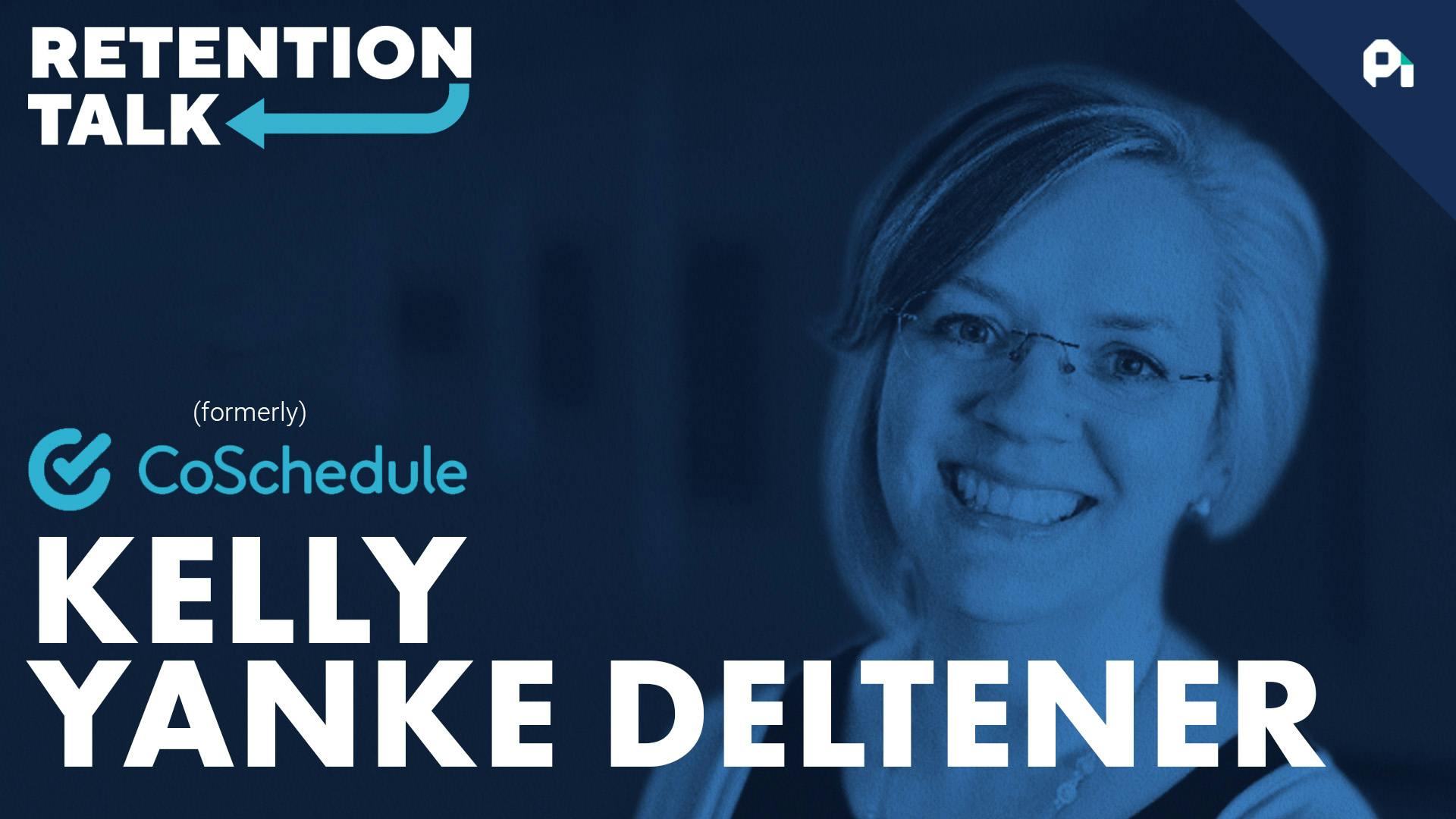
The customer isn't always right | Kelly Yanke Deltener
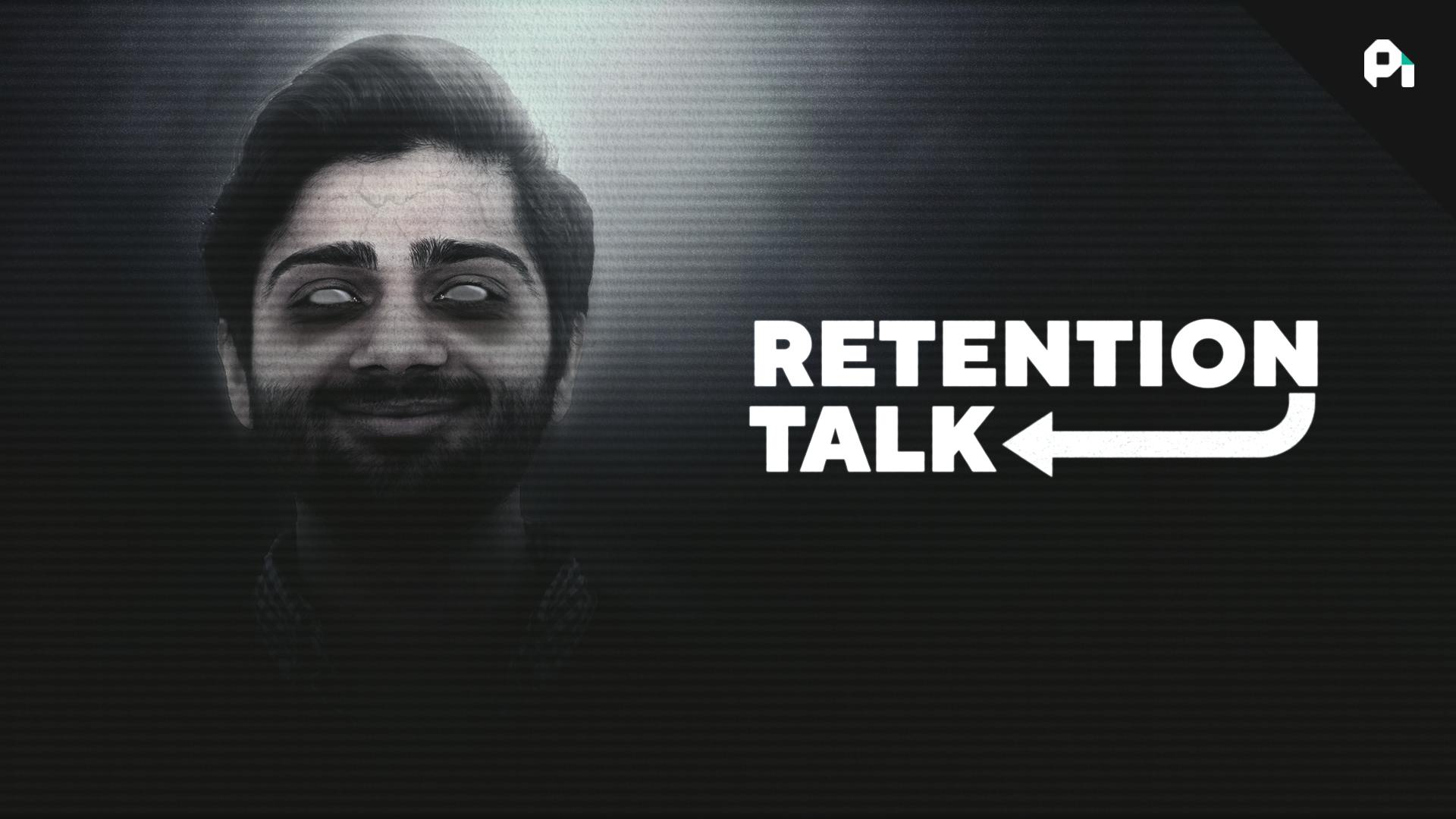
Retention Talk Trailer
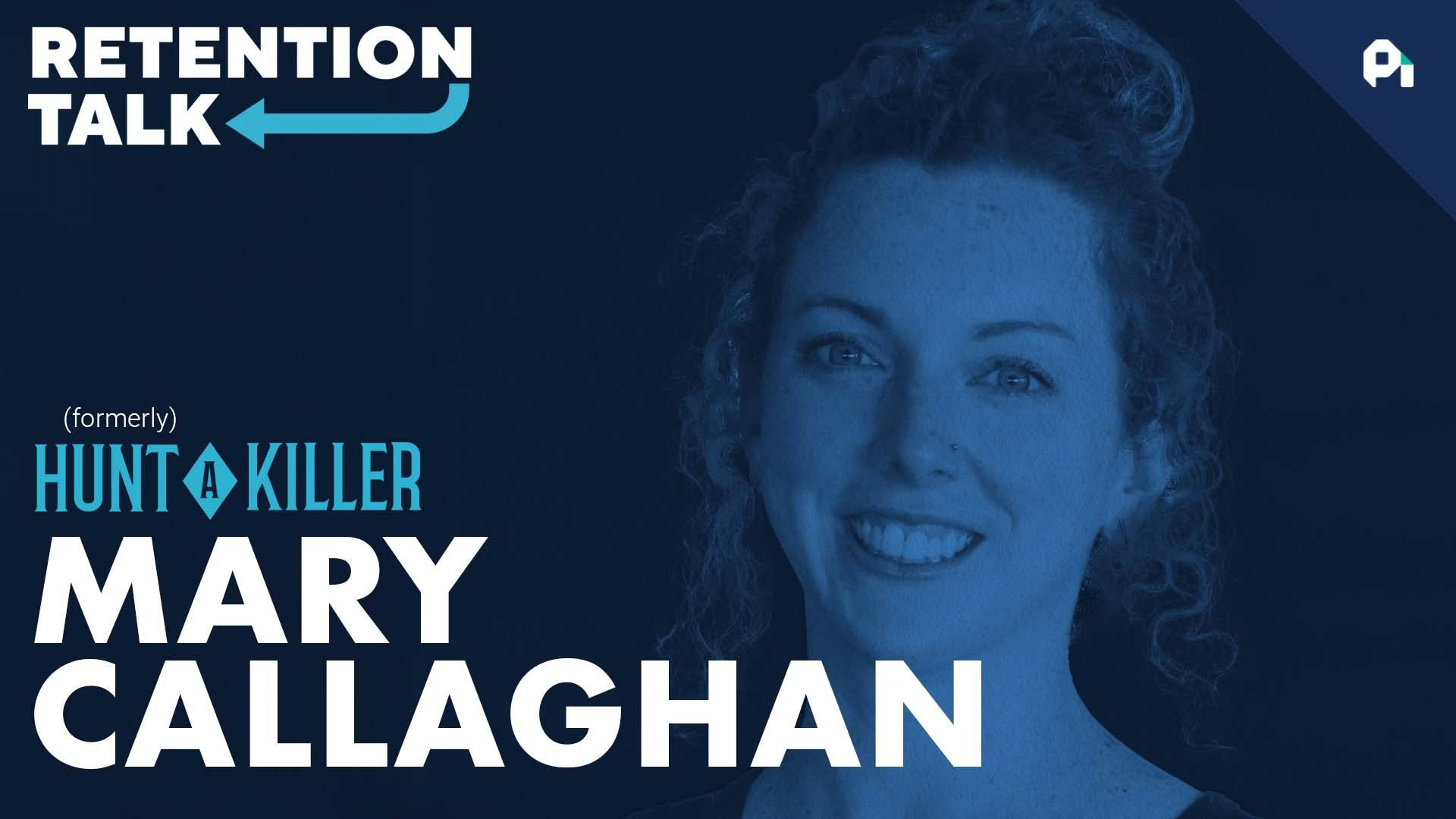
Customer surveys, leveraging NPS, and the power of onboarding | Hunt A Killer’s Mary Callaghan
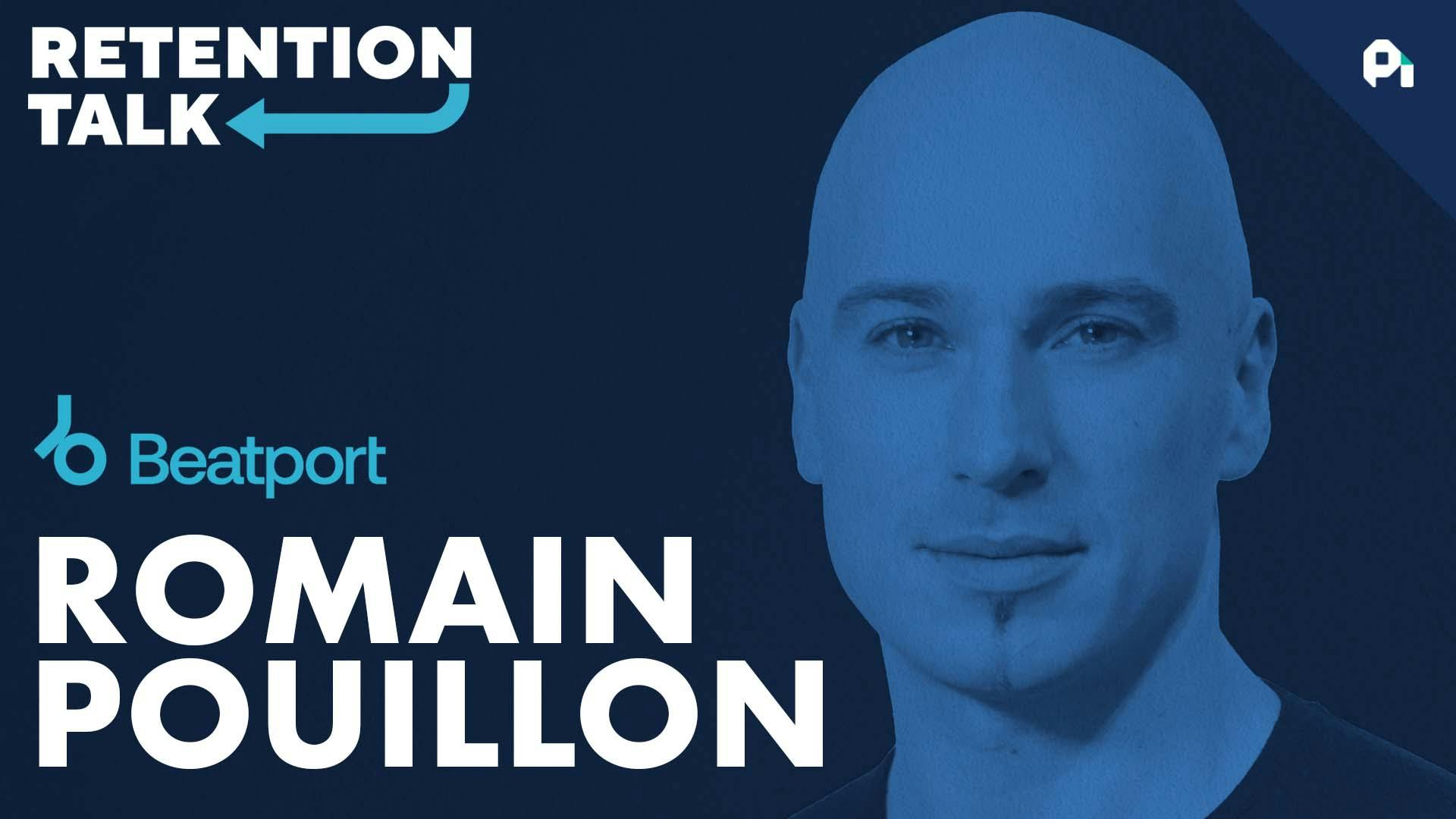
Integrating ecosystems, forecasting churn, and onboarding | Beatport's Romain Pouillon
